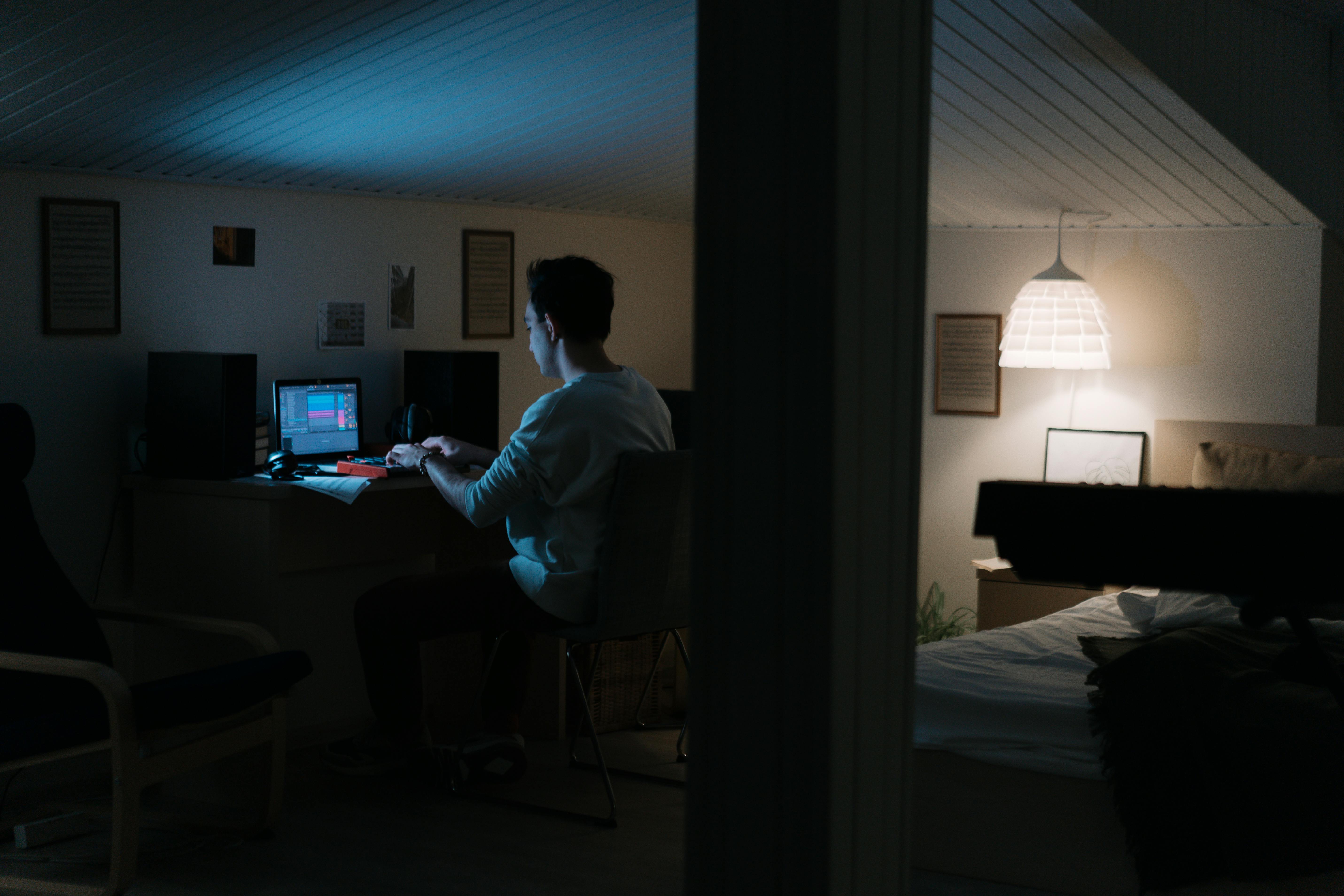Decoding the Mysteries of Blue Light: Its Impact on Our Health and Wellness
We are living in the digital age where our exposure to blue light has significantly increased. But, what is blue light, and how does it affect our health and wellness? Let's dive into the world of blue light, discussing its benefits, potential risks, and how we can better manage our exposure to it.

Understanding Blue Light: A Historical and Scientific Perspective
Blue light is a type of visible light with a short wavelength, which means it produces higher amounts of energy. Historically, our primary source of blue light was from the sun. However, with the advent of digital devices like smartphones, computers, and LED lighting, our exposure to blue light has exponentially increased.
Scientifically, blue light has been linked to the regulation of our circadian rhythm - our natural sleep-wake cycle. During the day, blue light can boost attention, mood, and reaction times. However, excessive exposure, especially at night, can disrupt our sleep patterns.
Blue Light in the Digital Age: Current Health Trends and Expert Insights
Today, we are spending more time in front of screens than ever before. A 2020 report suggests that American adults spend over 13 hours a day on digital devices. This increasing trend has drawn the attention of health experts worldwide, leading to extensive research on the implications of prolonged blue light exposure.
Among the concerns, digital eye strain, or “computer vision syndrome,” has become increasingly prevalent. Symptoms include dry, irritated eyes, blurred vision, headaches, and neck and back pain. Additionally, there is growing evidence that excessive blue light exposure may contribute to retinal damage and age-related macular degeneration.
Navigating the Blue Light Conundrum: Benefits, Challenges, and Validity
While blue light is often painted in a negative light due to its potential health risks, it’s not all bad. Natural blue light exposure during daylight hours is beneficial, helping to regulate our body’s internal clock, improve mood, and enhance cognitive performance.
However, the challenge lies in balancing our blue light exposure, especially from artificial sources. Although the research is ongoing, the scientific consensus is that moderation and timing are key to harnessing the benefits of blue light while minimizing potential risks.
Practical Tips for Blue Light Management
- Limit screen time, especially during the evening hours.
- Use blue light filters or “night mode” settings on digital devices.
- Invest in blue light blocking glasses, particularly if your work involves prolonged screen time.
- Make sure to take regular breaks from screens to rest your eyes.
- Increase the amount of time spent outdoors in natural light.
Concluding Insights: Towards a Balanced Approach
In our digital age, blue light exposure is almost inescapable. While it plays a vital role in our health and well-being, excessive exposure can have potential downsides. The key lies in understanding and managing our blue light exposure - embracing its benefits during the day, and learning to switch off at night. As we continue to evolve with technology, striking this balance will become an essential part of our holistic health and wellness journey.




